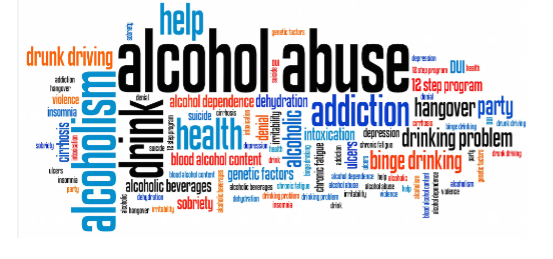Burnout, late nights, endless networking events—being at the top can make alcohol feel like the unsanctioned coworker nobody talks about. It’s in the boardroom, the high-stakes dinners, even the charity galas. For many CEOs, what starts as a way to unwind morphs into a tether. So, how do these power players reclaim their lives without having to hit pause on their careers?
The High-Stakes Balancing Act
CEOs operate in a majorly overwhelming pressure cooker, where the stakes are always high, and the fallouts are personal. Alcohol often sneaks in as a coping mechanism, a way to manage stress or appear sociable in settings where a glass in hand feels like armor. The line between use and dependency can blur super fast.
This isn’t your typical rock-bottom narrative. For high-performing executives, the fallout often arrives quietly: a strained marriage, an irritable mood after one drink too many, or the slow realization that productivity isn’t what it used to be. When your career is about steering the ship, even a small drift can cause major consequences. Enter the concept of rehab success—not as an ending, but as a reinvention.
Why Standard Rehab Doesn’t Cut It
Traditional rehab models don’t always align with the lifestyle of someone running a multi-billion-dollar company. CEOs can’t afford to step away for weeks without staying in the loop, and the idea of group therapy in a crowded room may not resonate with those accustomed to guarding their privacy.
That’s where specialized programs come into play. These types of programs are experts at knowing how to combine the fundamentals of addiction recovery along with the nuances of executive life. Individual therapy, cutting-edge treatments, and private settings offer more than recovery; they provide transformation. Rehab becomes less about hitting pause and more about learning to operate differently.
The Power of an Executive Alcohol Rehab
What sets an executive alcohol rehab apart? It’s the acknowledgment that CEOs aren’t just battling addiction—they’re wrestling with a lifestyle that perpetuates it. These programs don’t just detox the body; they recalibrate the mind.
Tailored to fit into a leader’s world, these rehabs focus on creating new patterns without dismantling the infrastructure of a career. From intensive one-on-one sessions to holistic approaches that include mindfulness, fitness, and even nutrition, the goal is a 360-degree reset.
Here’s the twist: it’s not just about quitting alcohol. It’s about showing executives how to lead without it. Because let’s face it—many CEOs tie their success to the rituals surrounding their work, and alcohol is often one of them.
This isn’t a one-size-fits-all solution. For some, recovery includes diving into why they started drinking in the first place. For others, it’s about exploring what life at the top looks like without that crutch. Either way, the results are profound—not just professionally, but personally.
Learning to Lead Without the Buzz
For many CEOs, their relationship with alcohol starts as a function of the job. A whiskey at a networking event or a champagne toast at a product launch feels harmless—until it doesn’t. But giving it up doesn’t mean giving up influence or presence.
What recovery programs teach, particularly those tailored for executives, is that authentic leadership is impossible without authentic health. Picture yourself stepping into the boardroom with sharper focus as well as higher (natural) energy. Imagine leading your teams without the haze of last night’s bottle of wine or liquor. That’s not just sobriety—it’s an upgrade.
The shift isn’t just internal, either. People notice. Teams are more inspired when their leader is fully present. Investors trust someone who projects balance and stability. Families reconnect when evenings aren’t clouded by the distractions of alcohol. It’s a ripple effect, and it starts with one decision.
The Real Flex
Quitting alcohol for good as a high-pressure careeer person isn’t just about putting down the drink; it’s about picking up the pieces of a life that’s been sidelined by it. This is true leadership.
Reinvention doesn’t come from hiding behind the glass—it comes from stepping away from it. The leaders who recognize this don’t just recover; they thrive. They show up, fully present, in ways that transform their teams, their companies, and their lives. And that, in the world of CEOs, is the ultimate flex.







